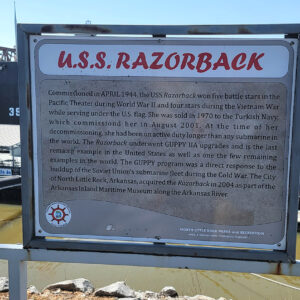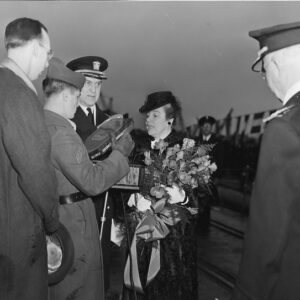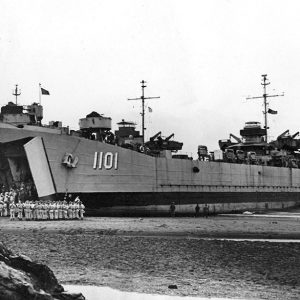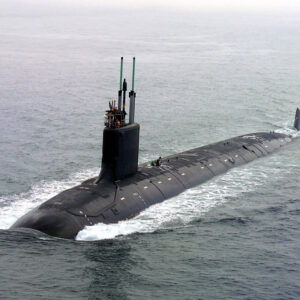 USS Razorback Information Sign
USS Razorback Information Sign
Entry Category: Ships and Vessels - Starting with U
 USS Razorback Information Sign
USS Razorback Information Sign
 USS Razorback Launching
USS Razorback Launching
 USS Saline County
USS Saline County
USS Saline County (LST-1101)
USS Sebastian (AK-211)
USS Sevier (APA-233)
USS St. Francis River (LSMR-525)
USS Stone County (LST-1141)
USS Tensas
aka: Tom Sugg [Steamboat]
 USS Thach
USS Thach
USS Thach (FFG-43)
 USS Thach (FFG-43) Sea Trials
USS Thach (FFG-43) Sea Trials
USS Tyler
USS Van Buren (PF-42)
 USS Virginia (SSN-774)
USS Virginia (SSN-774)




